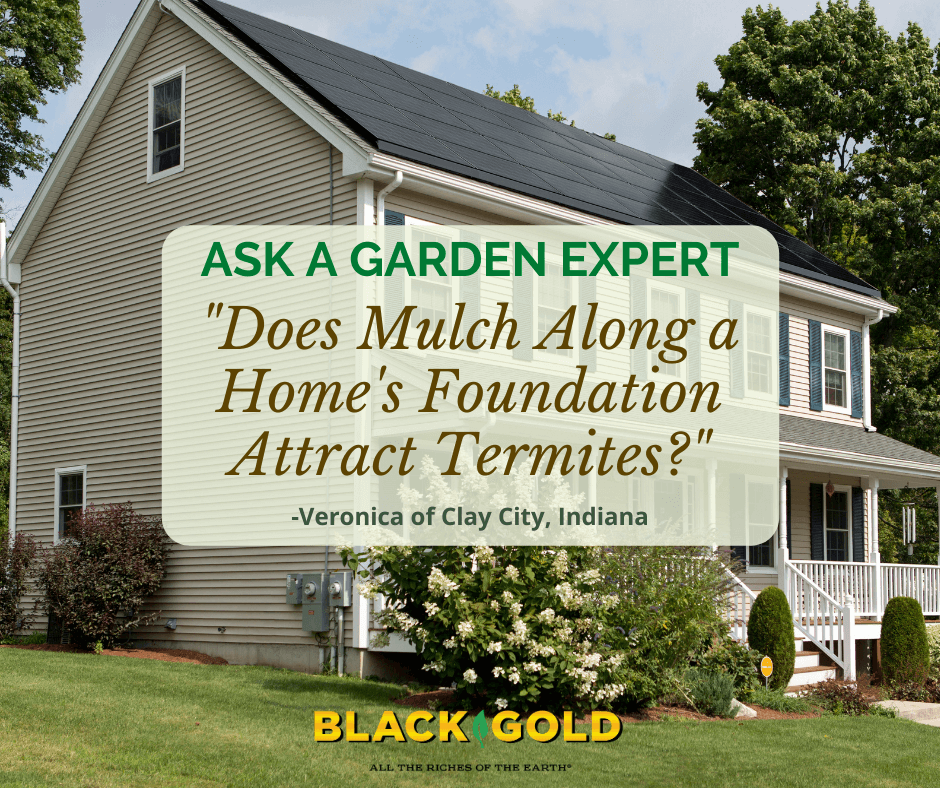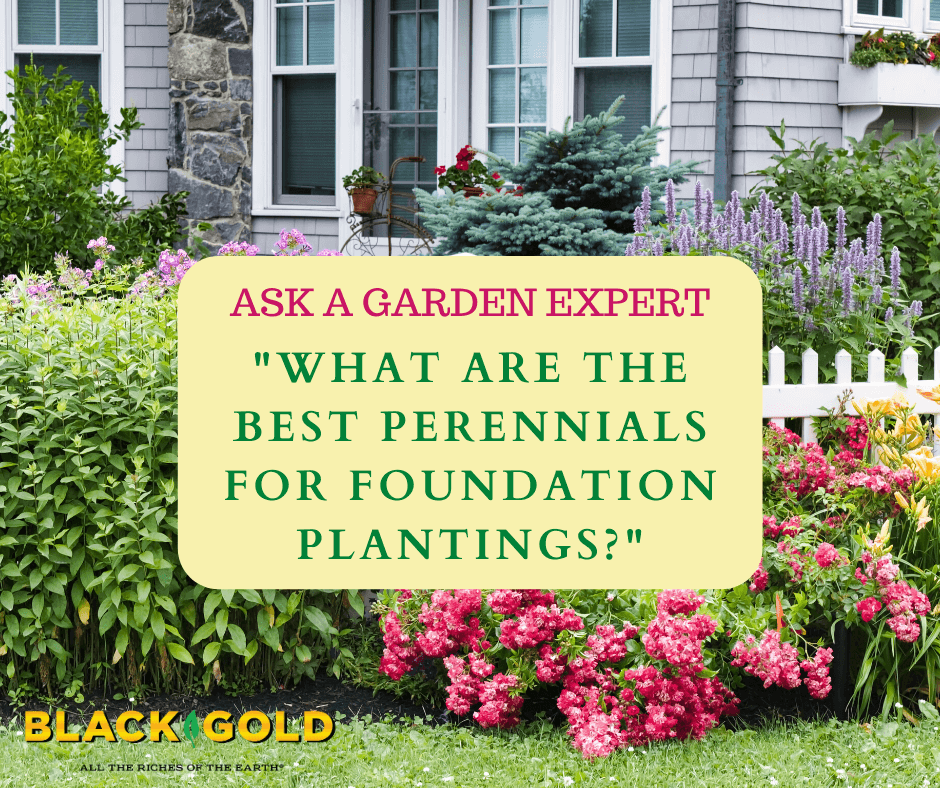
“I’ve heard that its not a good idea to place mulch too close to a house’s foundation. I was also told to mulch or plant shrubs around my house’s foundation to prevent my kids from getting lead poisoning from the old chipped off paint in the soil. What should I put near my foundation, bricks? Also, how far from my foundation should I plant vetiver grass? I’m having trouble finding guidance on how far from my brick foundation it should be with its deep root system.” Veronica of Clay City, Indiana
Answer: Some speculate that termites may be attracted to or reside in bark mulch. It is true that termites can eat bark mulch, but they survive and form colonies in solid wood, so bark mulch not a terribly strong termite lure. Moreover, newer homes are generally protected from termites, and older homes should be for their longterm protection.
Either way, there are other mulch options that are certain not to harbor or attract any termites. These include pine straw, chopped leaf mulch, stone mulch, and even quality Black Gold Garden Compost Blend. (Please click here for a full overview of different mulch options.) My personal favorite is pine straw. It looks tidy and really helps to detur weeds.
The best way to keep kids away from the soil at the base of the home is to plant lawn or shrubs along your foundation (click here for some good flowering shrubs for foundations). Ornamental grasses are another option, but I would not recommend vetiver grass (Vetiveria zizanoide, Zones 7-8) because it is a warm-climate grass that will not be hardy in your Zone 5 garden, and it is weedy. Better, more beautiful, sun-loving grasses for your foundation include Karl Foerster Feather Reed Grass, Prairie Winds® ‘Apache Rose’ Switch Grass, or Little Zebra Dwarf Zebra Grass. All need sunshine and should be planted 2 to 4 feet from your foundation in a mulched bed, depending on the final height and width of the grass you choose.
I hope that these tips help!
Happy gardening,
Jessie Keith
Black Gold Horticulturist


